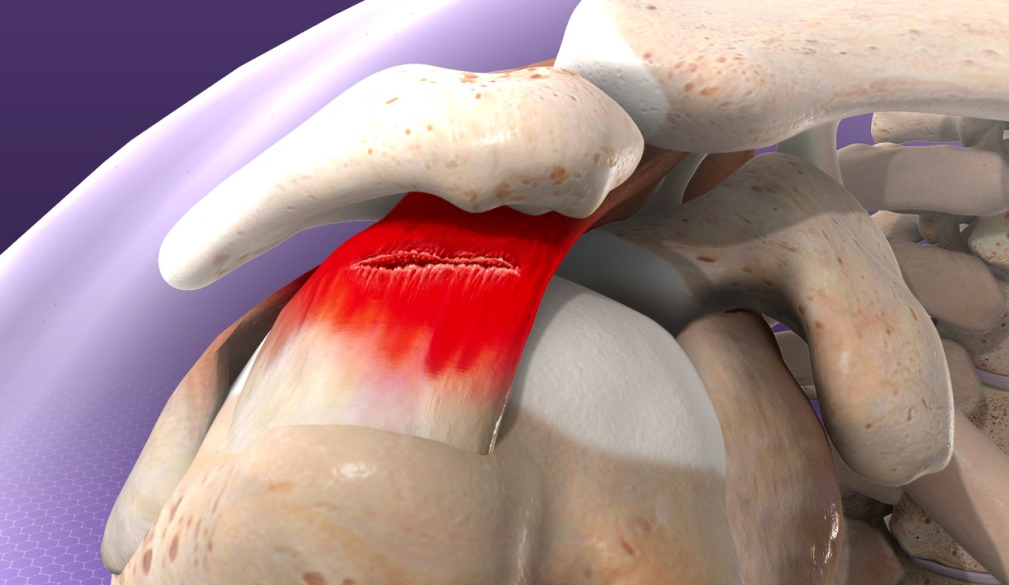Effective Techniques To Treat Rotator Cuff Related Shoulder Pain

Shoulder pain can be a nuisance. But, as the pain gets worse or is persistent it can also hinder movement. Once you suffer an impingement of movement you’ll find that many everyday tasks are much harder, if not impossible, to perform.
What Is A Rotator Cuff?
Your rotator cuff is a collection of muscles and tendons. They are located in your shoulder, around the shoulder joint. Their role is to ensure the upper arm bone stays in the socket joint of your shoulder.
The shoulder joint is complex as alongside the upper arm to shoulder blade there is also a second joint to the collar bone.
The pain Of A Rotator Cuff Injury
Rotator cuff injuries are often a result of repetitive actions, especially if they involve doing things above your head, such as carpentry or painting. In many cases, the injury happens over time as the repetitive motion wears away the tendon tissue. This causes irritation which can be painful.
Of course, shoulder pain can also be caused by shoulder arthritis where the bones are rubbing against each other due to the lack of cartilage. Rotator cuff injuries can also happen as a result of one specific traumatic event.
The good news is that there are effective techniques to treat rotator cuff related shoulder pain.
Hot & Cold Treatment
The starting point for any injury like this is to use cold compresses. This reduces blood flow to an area and lowers the amount of inflammation. As inflammation will place more pressure on the joint, you want to keep it to a minimum.
You can then switch to a hot compress. This encourages the blood to flow in the shoulder and ensures it gets the necessary nutrients to aid repair.
Physiotherapy
This is the preferred approach as it is easy to personalise for different people and it usually provides good results. A physiotherapist will examine your injury and assess what loads your shoulder is capable of handling and which movements.
They will then devise a set of exercises that you can do. These shouldn’t be painful but they will help to strengthen your shoulder muscles and tendons, effectively supporting the shoulder better and eliminating the rotator cuff issue.
It is worth noting that during the healing process you may need to lower the strain on your shoulder and this often means finding different ways to perform tasks. But, maintaining exercise is important to ensure the shoulder retains adequate movement, reduce irritation, and build strength that can help prevent the injury from happening again.
Recovery Time
In general, you should see a difference within 6-12 weeks. The key is to undertake a structured exercise plan and stick to it. The benefits may not be instantly noticeable but by the end of 12 weeks, most people have reported a massive improvement in functionality ad a reduction of pain.
Of course, in extreme cases, surgery is an option but your doctor and associated specialist will talk to you about this if it is the right way forward.

























